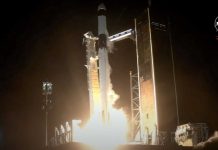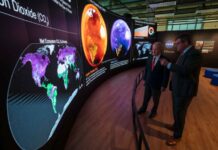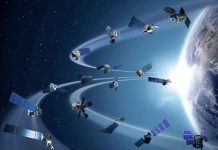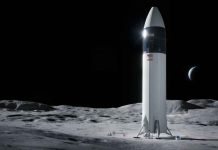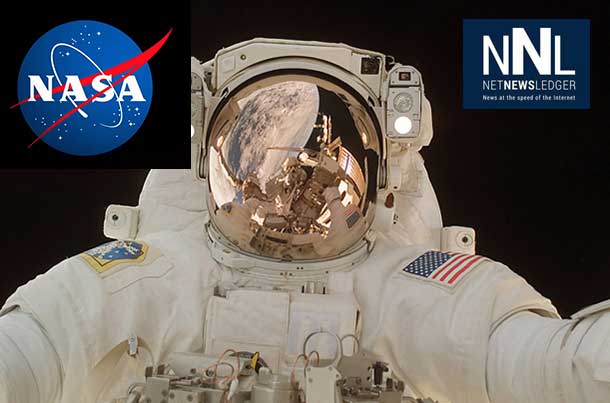
NASA Television – Live from Space and Beyond
HOUSTON – Technology News – Updated – January 8 – Early this morning the Antares launch team decided to scrub today’s launch attempt due to an unusually high level of space radiation that exceeded by a considerable margin the constraints imposed on the mission to ensure the rocket’s electronic systems are not impacted by a harsh radiation environment. The solar flux activity that occurred late yesterday afternoon has had the result of increasing the level of radiation beyond what the Antares engineering team was monitoring earlier in the day. Overnight, Orbital engineers who are experts in the field ran numerous models to ensure that all possibilities to preserve the launch were examined. However, due to significantly elevated flux levels, the Antares team decided to postpone the launch to spend the day further examining the potential effects of the space radiation on the rocket’s avionics suite.
Today, in consultation with NASA and outside experts in the field of “space weather,” Orbital will continue to monitor the levels of space radiation with a goal of setting a new launch date as soon as possible. If we are able to launch on Thursday, the launch targeted launch time would be 1:10 p.m. (EST), with Cygnus arriving at the ISS Sunday morning, January 12.
NASA Television will provide live coverage of the Jan. 7, 2014 launch of the Cygnus cargo spacecraft mission to resupply the International Space Station (ISS).
On the heels of a successful demonstration flight to the space station in September, Orbital Sciences is scheduled to launch the spacecraft on an Antares rocket at 1:55PM EST from Pad 0A of the Mid-Atlantic Regional Spaceport at NASA’s Wallops Flight Facility in eastern Virginia.
NASA Television
Beginning at 1:00PM EST, NASA TV will air a comprehensive video feed of launch preparations and other footage related to the mission, followed by launch coverage at 1:30PM EST.
Prior to the launch, NASA TV will broadcast briefings from Wallops Monday, Jan. 6, previewing the mission’s science cargo and pre-launch status at 2:00PM EST and 3:00PM EST, respectively.
Cygnus will carry a total of 2,780 pounds of supplies to the station, including vital science experiments to expand the research capability of the Expedition 38 crew members aboard the orbiting laboratory, crew provisions, spare parts and experiment hardware. Also aboard the flight are 23 student experiments that will involve more than 10,000 students on the ground. These experiments will involve life sciences topics ranging from amoeba reproduction to calcium in the bones to salamanders.
The spacecraft will arrive at the ISS Friday, Jan. 10. Astronauts Michael Hopkins, of NASA, and Koichi Wakata ,of the Japan Aerospace Exploration Agency, will capture the resupply vehicle with the station’s robotic arm and install it on the Earth-facing port of the station’s Harmony module.
NASA TV coverage of capture and installation will begin at 5:00AM EST Jan. 10. Grapple is scheduled for 6:01AM EST Coverage of the installation of Cygnus onto the Harmony module will begin at 7:00AM EST.
This and future commercial resupply missions by Orbital Sciences and Space Exploration Technologies (SpaceX) will help ensure a robust national capability to deliver critical science research to orbit, significantly increasing NASA’s ability to conduct new science investigations aboard the space station.

